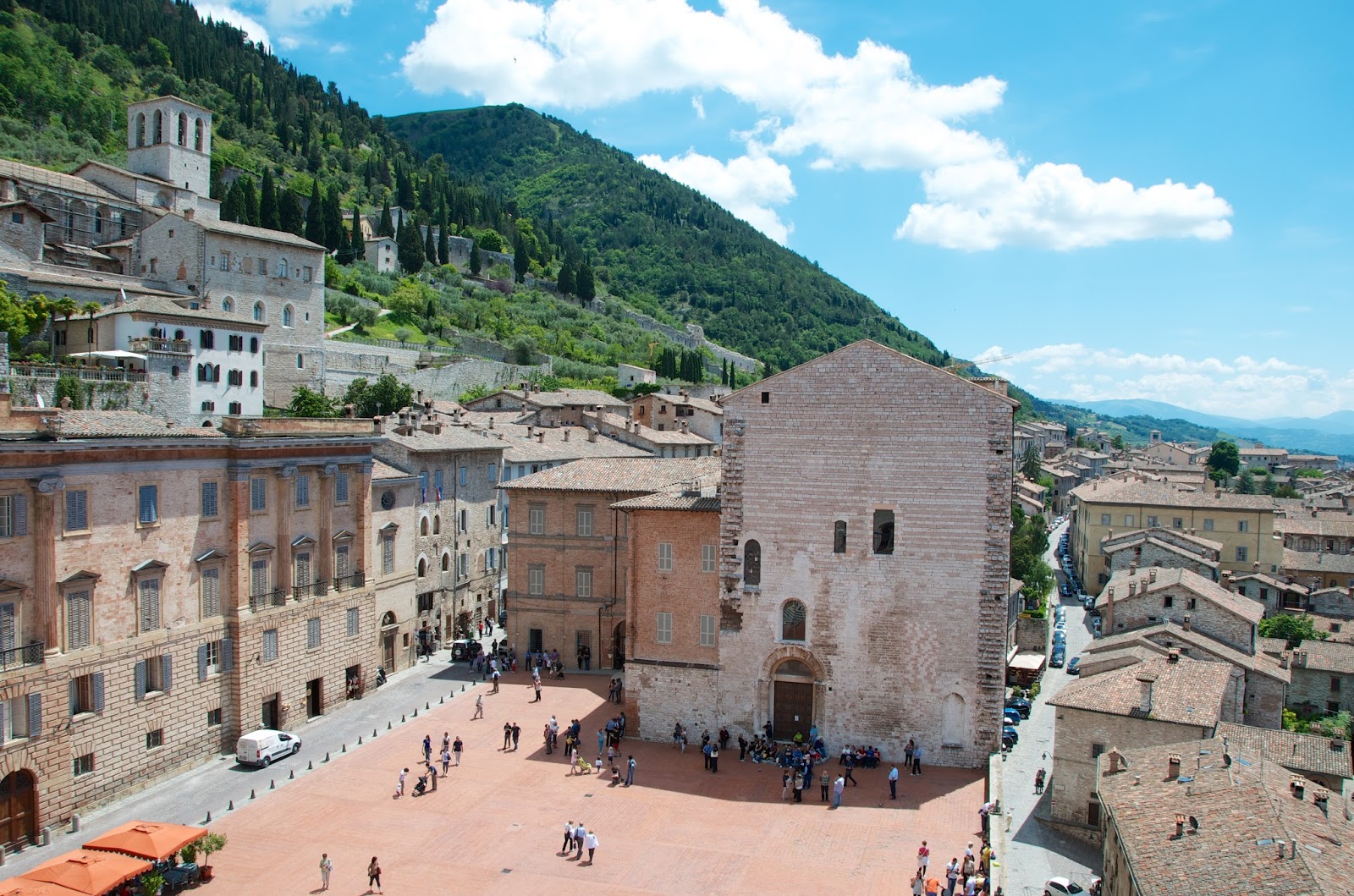Umbria, the green heart of Italy, is a region of bright colors and simple people; has to offer a vast heritage of art, culture, nature, crafts and food and wine.
Those who have already been there are always ready to come back and those who have not yet visited cannot wait to do so! The German poet J.W. Goethe visited Umbria during his Grand Tour of 1786 and was struck by the beauty of our region; but also numerous other artists and writers over the years passed through these parts, not least Giosuè Carducci, who wrote about Assisi as follows: “Here the town is truly beautiful, such that the Umbrian School implies: of mountains in the distance! I was in Assisi: it is a very beautiful thing, town, city and sanctuary, for those who understand nature and art in their agreements with history, with the imagination with the affections of men. I am tempted to write two or three poems about Assisi and San Francesco”.
Starting from the Hotel Vega, the tourist itineraries that can be done in the surroundings and within the province of Perugia are varied and valuable; Our staff will certainly be able to give you valuable suggestions on how to make the most of the time available, in any season and in any temperature!
The closest city to our hotel is undoubtedly PERUGIA, a city of art rich in history and monuments. founded by the Etruscans and around 295 BC. conquered by the Romans (Augusta Perusia). Within the historic center of the Umbrian capital an infinite series of urban routes branch off that will lead you to discover wonderful hidden alleys, small artistic pearls and breathtaking views.





















